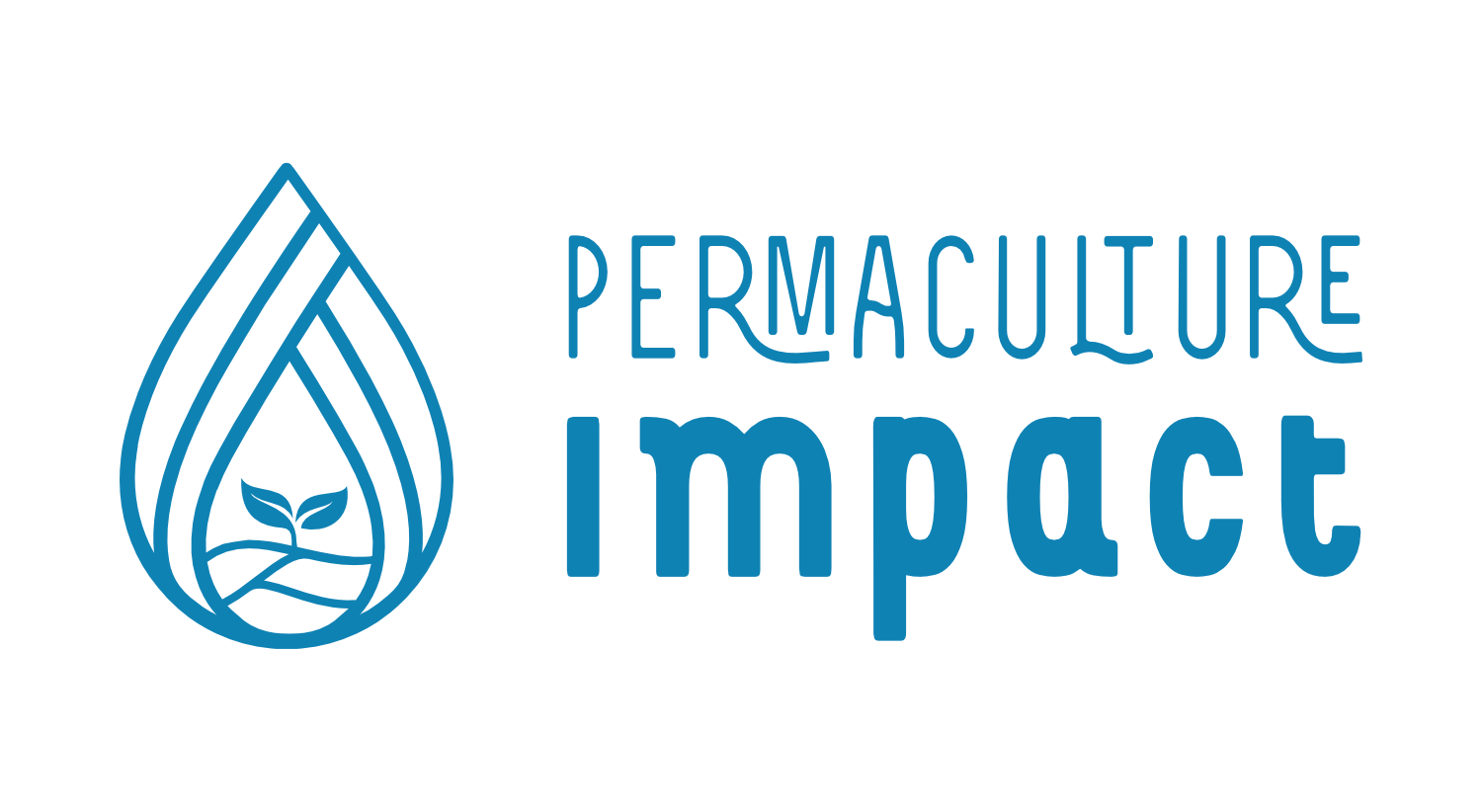How to approach it
Understanding and monitoring your ecosystem is crucial for effective restoration.
Prior to data collection, familiarize yourself with the ecosystem and identify the issues your project aims to address, such as ecosystem pressures and degradation factors. Collecting baseline data, including a survey of undisturbed ‘reference sites’, is essential for setting restoration goals and informing the design process.
Develop a Soil Evaluation Plan adapted to your site, detailing which areas and techniques will be monitored. Establish specific sampling plots (representing whole sites) to track the progress of your interventions and their effectiveness. For instance, in areas showing low vegetation and soil erosion, baseline comparisons to healthier neighbouring areas can guide targeted restoration strategies. By repeatedly monitoring chosen plots over time, you’ll assess if practices like soil amendments or holistic grazing are contributing to your restoration objectives.
Regardless of your project stage, historical data and/or control site comparisons are valuable. Always document your restoration approaches and when possible plot them on a sitemap to enhance the significance of your monitoring efforts.

Action Learning 3.4: Describe here the tools you already have or can plan to acquire for the sampling, the marking of location and taking before/after photos.
